Castello del Catajo
Known as the Royal Palace of the Euganean Hills, this often overlooked castle has been home for multiple noble families over the centuries.
In the 15th century, this castle was just one of many villas in the Euganean Hills in Northeastern Italy. But in 1570, Marquess Pietro Enea I Obizzi, a member of the powerful Italian noble family of Obizzi, decided to rebuild and enlarge the villa, transforming it into a large castle. The interior was decorated with frescoes by Giovanni Battista Zelotti, pupil of famous painter Pietro Veronese. The frescoes represent events starting from the Roman age up to the military triumphs of the Obizzi family.
Over the following centuries, the castle and its grounds continued to grow, with new gardens, fountains, and even a theatre. The estate passed to the Dukes of Modena and Reggio, members of the Habsburg-Este family, in the early 19th century and a whole new area known as Castel Nuovo (New Castle) was built.
The castle was left to the Archduke Franz Ferdinand of Austria, who used it for hunting and vacation. After World War I, it became a property of the Kingdom of Italy. In 1929 Italy auctioned off the property, and the owners transformed the grounds into a tobacco farm until the 1970s.
Castello del Catajo was opened to the public for the first time in its in 1994, but then again closed and sold. The castle was sold in 2015, and the new owners began renovations. It reopened to the public in 2018, though some restoration work is ongoing.
Know Before You Go
Between March and November, Castello del Catajo is open to the public on Sunday, Tuesday, Thursday and Friday and on all holidays. Visiting is only available with a guided tour, and on Sundays and holidays guided tours are offered in Italian only. Reading material is available in English, German, French, and Russian. Tickets are €9.00 for adults and €3.00 for children between 6 and 12 years old.
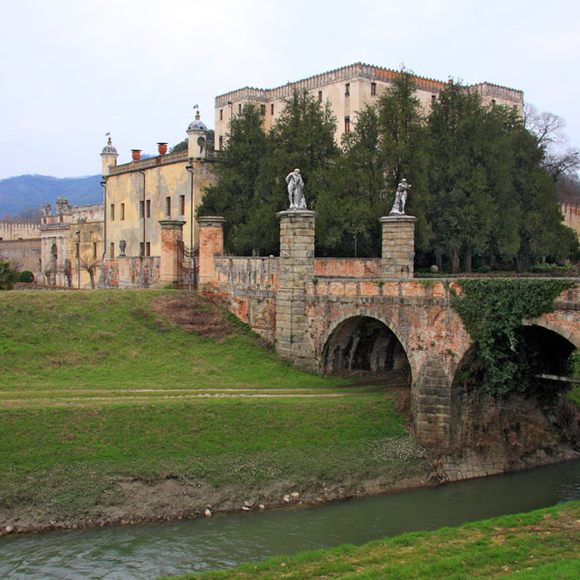

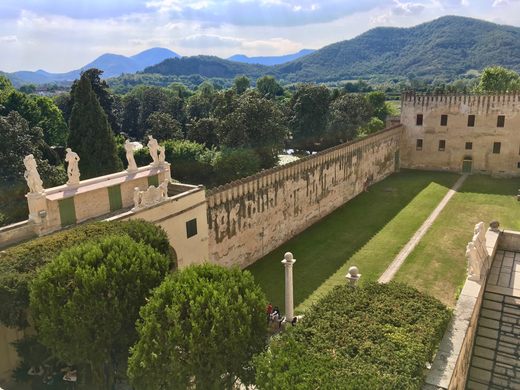


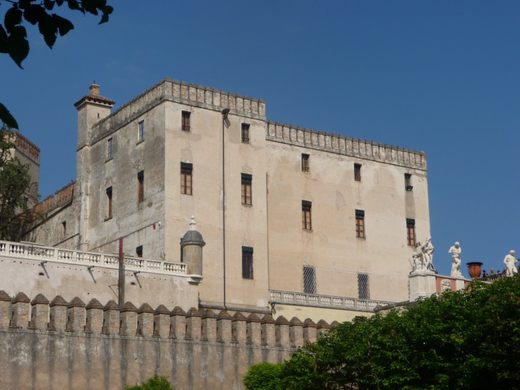





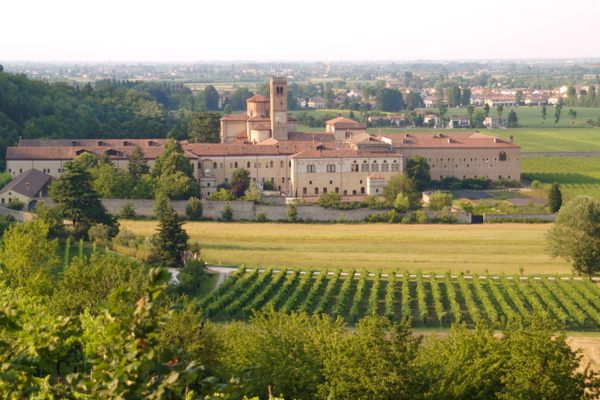
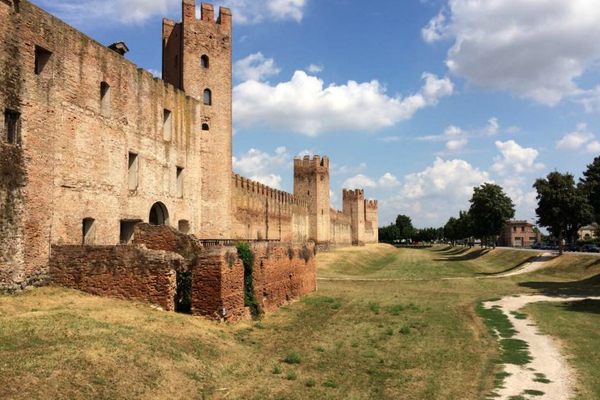



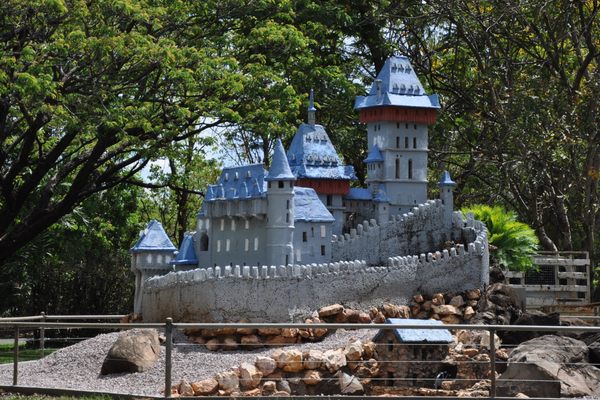

Follow us on Twitter to get the latest on the world's hidden wonders.
Like us on Facebook to get the latest on the world's hidden wonders.
Follow us on Twitter Like us on Facebook